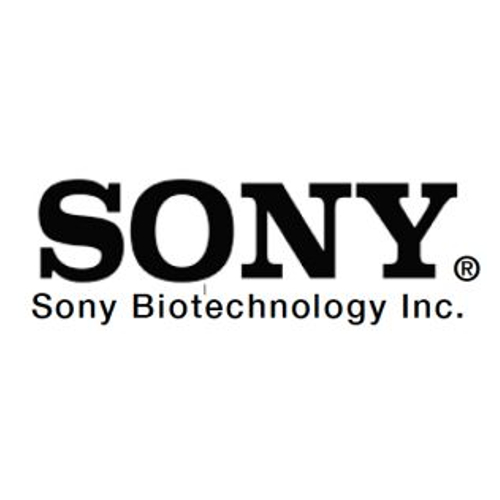CD203c Monoclonal / Brilliant Violet 605 / NP4D6
Product Details
| Description | Brilliant Violet 605 anti-human CD203c (E-NPP3) | |
|---|---|---|
| Conjugate | Brilliant Violet 605 | |
| Clone | NP4D6 | |
| Target Species | Human | |
| Applications | FC | |
| Supplier | Sony | |
| Catalog # | Sign in to view product details, citations, and spectra | |
| Size | ||
| Price | ||
| Antigen | ||
| Host | ||
| Isotype |
About CD203c
The protein encoded by this gene belongs to a series of ectoenzymes that are involved in hydrolysis of extracellular nucleotides. These ectoenzymes possess ATPase and ATP pyrophosphatase activities and are type II transmembrane proteins. Expression of the related rat mRNA has been found in a subset of immature glial cells and in the alimentary tract. The corresponding rat protein has been detected in the pancreas, small intestine, colon, and liver. The human mRNA is expressed in glioma cells, prostate, and uterus. Expression of the human protein has been detected in uterus, basophils, and mast cells. Two transcript variants, one protein coding and the other non-protein coding, have been found for this gene. [provided by RefSeq, Oct 2015]
The protein encoded by this gene belongs to a series of ectoenzymes that are involved in hydrolysis of extracellular nucleotides. These ectoenzymes possess ATPase and ATP pyrophosphatase activities and are type II transmembrane proteins. Expression of the related rat mRNA has been found in a subset of immature glial cells and in the alimentary tract. The corresponding rat protein has been detected in the pancreas, small intestine, colon, and liver. The human mRNA is expressed in glioma cells, prostate, and uterus. Expression of the human protein has been detected in uterus, basophils, and mast cells. Two transcript variants, one protein coding and the other non-protein coding, have been found for this gene. [provided by RefSeq, Oct 2015]
About Brilliant Violet 605
Brilliant™ Violet 605 (BV605) is an orange/red-emitting tandem fluorophore that can be excited by the 405 nm Violet laser and collected using a 610/20 bandpass filter. BV605 has an excitation peak at 405 nm and an and emission peak at 603 nm. BV605 is most commonly used in flow cytometry and is spectrally similar to SuperBright 600 (Thermo Fisher), SuperNova v605 (Beckman Coulter) and StarBright Violet 610 (Bio-Rad). BV605 is considered to be relatively bright and should be used on antigens of moderate to low abudance. This dye is part of the Brilliant™ Violet dye line of fluorescent polymers. Brilliant™ Violet 421 polymer is employed as the donor molecule in a series of tandem dyes with acceptor molecules emitting at various points across the visible light spectrum. The Brilliant™ Violet dyes are a superior alternative to QDot nanocrystals and similar to SuperNova dye from Beckman Coulter and StarBright dyes from Bio-Rad.
Brilliant™ Violet 605 (BV605) is an orange/red-emitting tandem fluorophore that can be excited by the 405 nm Violet laser and collected using a 610/20 bandpass filter. BV605 has an excitation peak at 405 nm and an and emission peak at 603 nm. BV605 is most commonly used in flow cytometry and is spectrally similar to SuperBright 600 (Thermo Fisher), SuperNova v605 (Beckman Coulter) and StarBright Violet 610 (Bio-Rad). BV605 is considered to be relatively bright and should be used on antigens of moderate to low abudance. This dye is part of the Brilliant™ Violet dye line of fluorescent polymers. Brilliant™ Violet 421 polymer is employed as the donor molecule in a series of tandem dyes with acceptor molecules emitting at various points across the visible light spectrum. The Brilliant™ Violet dyes are a superior alternative to QDot nanocrystals and similar to SuperNova dye from Beckman Coulter and StarBright dyes from Bio-Rad.
Experiment Design Tools
Panel Builders
Looking to design a Microscopy or Flow Cytometry experiment?
Validation References
Reviews & Ratings
| Reviews |
|---|
Looking for more options?
336 CD203c antibodies from over 28 suppliers available with over 57 conjugates.





